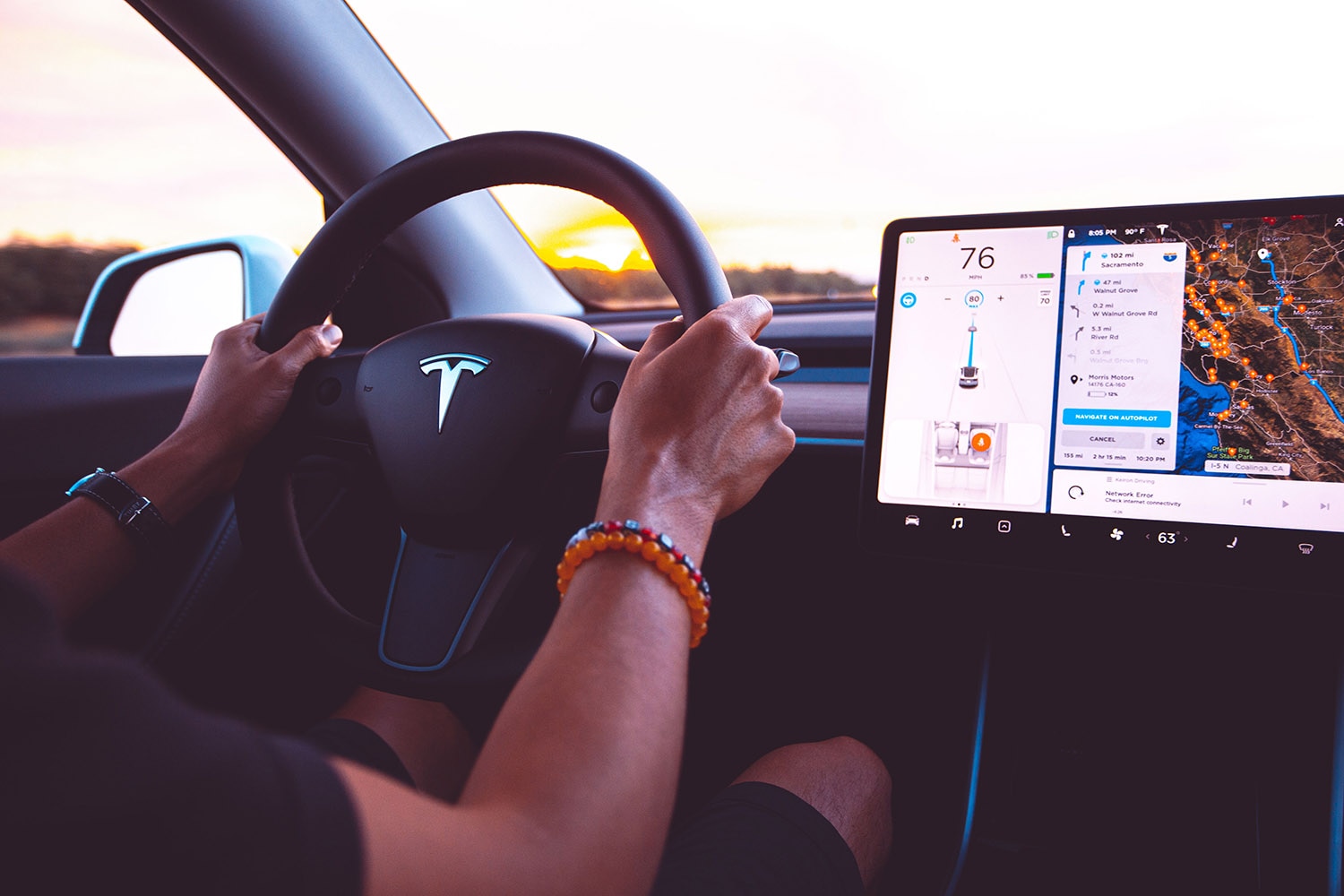What Is Tesla Full Self-Driving?
Tesla FSD is more capable than Autopilot, but it doesn’t make a car autonomous.
 Keiron Berndt/Capital One
Keiron Berndt/Capital One
For years, Tesla has taken a unique approach to high-tech features in its vehicles. When it comes to Tesla’s highest-level driver-assistance program, confusingly named Full Self-Driving Capability, consumers should pay close attention to the details.
Tesla’s Full Self-Driving Capability is not actually able to fully self-drive the car. Drivers still need to keep their hands on the wheel and eyes on the road when using it. Tesla clearly states on its
- Auto Lane Change: assists in moving the car to an adjacent lane on the highway
- Autopark: automatically parks the car in parallel or perpendicular spaces
- Summon: pulls the car into a tight parking space or moves it out of that space without anyone at the wheel. The feature is controlled through the Tesla mobile app or the key fob
- Smart Summon: this is as close as a Tesla comes to true autonomy, navigating relatively complex parking environments to bring the vehicle to the person holding the key or the controlling smartphone
- Traffic and Stop Sign Control: identifies stop signs and traffic lights in order to automatically slow down and stop the car
- Navigate on Autopilot: guides the Tesla from on-ramp to off-ramp on a highway. The car will make lane changes and navigate interchanges as long as the driver maintains a hand on the steering wheel
FSD is available on every new Tesla electric vehicle, including the Model S, Model Y, Model X, and Model 3, but the hardware used can vary. Every new Tesla vehicle comes with eight external cameras and twelve ultrasonic sensors. On Model 3 and Model Y vehicles sold in North America, these sensors are what the cars use for Autopilot and FSD. Tesla calls the technology, which also uses a neural net, Tesla Vision. Model S and Model X electric vehicles come with radar sensors, too.
In 2016,
Written by humans.
Edited by humans.
 Sebastian Blanco
Sebastian BlancoSebastian Blanco has been writing about electric vehicles, hybrids, and hydrogen cars since 2006. His first green-car media event was the launch of the first Tesla Roadster in 2006, an event where he almost elbowed Arnold Schwarzenegger in the groin. Since then, he has been tracking the shift away from gasoline-powered vehicles and discovering the new technology's importance not just for the auto industry, but for the world as a whole.
Related articles
View more related articles